News
Customize list
-
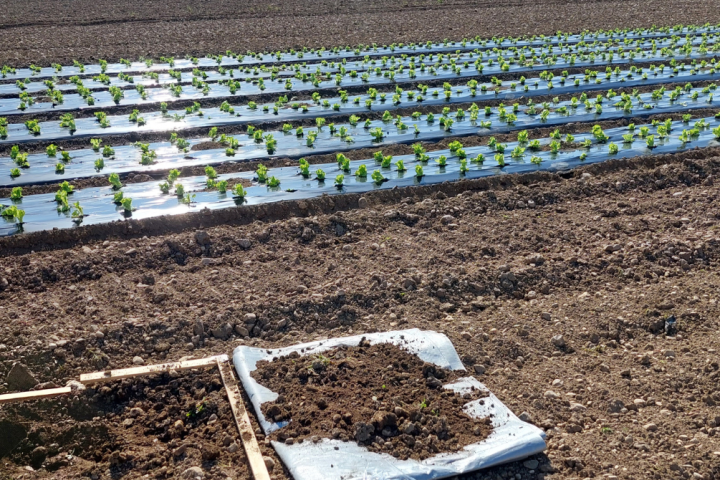
How Micro- and Nanoplastics (MNPs) Are Shaping European Agricultural Soils
Modern agriculture relies heavily on plastic products such as mulch films, greenhouses, and irrigation systems. However, a significant portion of this plastic ends up as micro- and nanoplastics in the soil. How does this affect ecosystems and food production across Europe? This is the central question addressed by the MINAGRIS project.
-
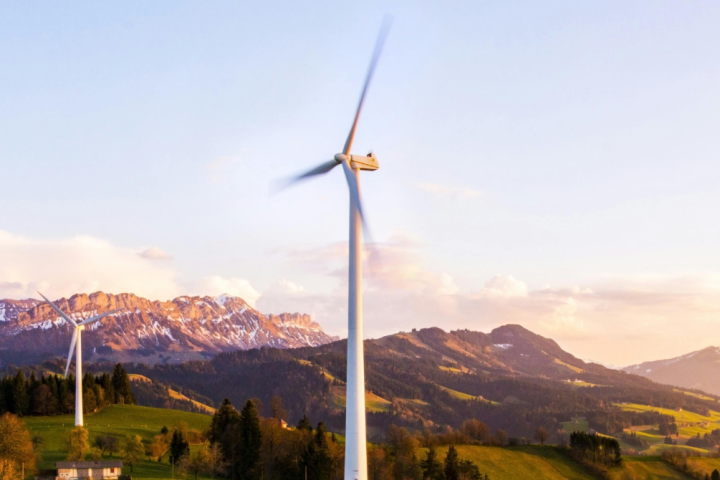
Planning Renewable Energy Without Conflict?
The transition to renewable energy is a political necessity. But how can it be implemented without compromising other vital objectives – such as biodiversity conservation, water management, cultural heritage preservation, and public health – while also ensuring active public engagement?
-
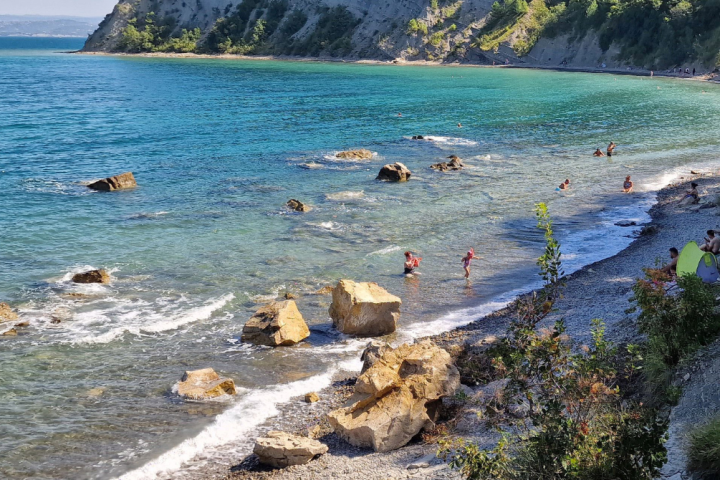
Sunbathing under cliffs is dangerous!
Why is the walking path between Piran and Fiesa often closed? Why have new rocks appeared in the sea? Why are there piles of stones along the coast? Why are warning signs placed in Strunjan Landscape Park and Debeli rtič? The answer lies in the composition of Slovenia's steep coastal cliffs.
-

A completely new concept for harnessing waste heat and solar energy
Researchers from the Faculty of Mechanical Engineering at the University of Ljubljana, led by Assistant Professor Dr. Primož Poredoš, in collaboration with researchers from the ITEWA Innovation Team at Shanghai University, have developed a new concept for utilizing ultra-low temperature (waste) heat by simultaneously introducing solar energy and low-temperature heat into the system. They are the first in the world to present an entirely new concept for producing distilled water from saline, untreated water using thermally driven membrane distillation (MD).
-

Harnessing the low temperatures of space to cool buildings and equipment in remote locations in an environmentally friendly way
Doc. dr. Professor Primož Poredoš, in collaboration with colleagues from the Laboratory for Environmental Technologies in Buildings at the Faculty of Mechanical Engineering, UL, and researchers from the ITEWA innovation team at Shanghai University, has developed a concentrator based on the AsymSkyCool method that enables cooling of buildings and appliances without the use of electricity. The concentrator takes advantage of the 'cold of space' – the extremely low temperatures of deep space, which can be as low as minus 15°C compared to the surrounding environment – and uses a special method to concentrate it and direct it towards a heat source. Using space as a cooling source enables environmentally friendly, efficient and sustainable cooling of devices that consume large amounts of electricity, such as LED lights, batteries and electric motors.
-
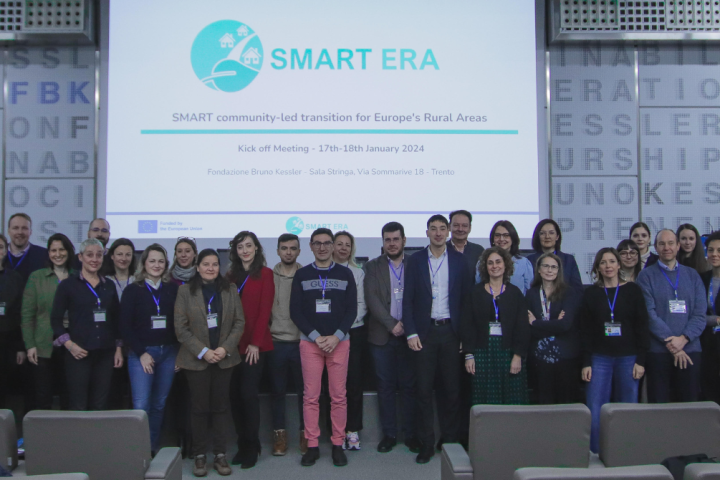
SMART ERA: SMART Community-led Transition for Europe's Rural Areas
Europe's rural areas are facing processes of depopulation, particularly of young people, which is leading to an ageing demographic profile. This is causing a number of structural problems, such as fewer jobs, deteriorating infrastructure and a shrinking supply of services of general interest. On the other hand, development of digital technologies and the increase in remote work have also led to a reverse trend of rural in-migration, which was most evident during the COVID-19 pandemic. These trends can be harnessed for rural growth through smart adaptation strategies, development of new integrated solutions, and the integration of local knowledge and cultural heritage.
-

Dr. Sanela Pansinger receives Horizon Europe - ERA postdoctoral fellowship for integrating citizen science into urban planning
Austrian researcher Dr. Sanela Pansinger has been awarded a postdoctoral ERA fellowship under the European Commission's call for proposals HORIZON-WIDERA-2022-TALENTS for a two-year research project HUBCITIES at the Faculty of Architecture, University of Ljubljana, where she will work with her supervisor Dr. Lucija Ažman Momirski from the Department of History, Theory and Restoration. Dr. Lucija Ažman Momirski explained, 'The main aim of the project is to develop a new approach to sustainable spatial development of airport and seaport areas using citizen science. Residents are actively involved in co-designing and negotiating future spatial and urban development through joint research with urban planners. This approach makes urban planning more satisfying for residents, professionals and all other stakeholders".
-
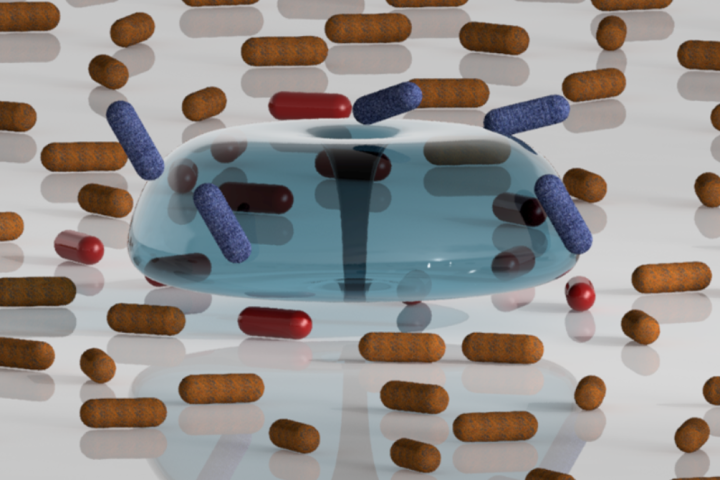
Treating wastewater through cavitation and understanding the effects of bubbles on bacterial cells
Increasing environmental pollution and drinking water shortages are a growing socioeconomic problem, in which cavitation technology can contribute to a cleaner and greener approach to wastewater treatment. Cavitation is a physical phenomenon that describes the phase change from liquid to vapour and back at constant temperature. The mechanical, thermal and chemical effects of cavitation can be utilised for various purposes, including to inactivate microorganisms in drinking water and wastewater. It has been proven that cells are subjected to damage in the immediate vicinity of a bubble. Further numerical analysis has identified the formation of microjets as a possible mechanism of bacterial cell damage.
-
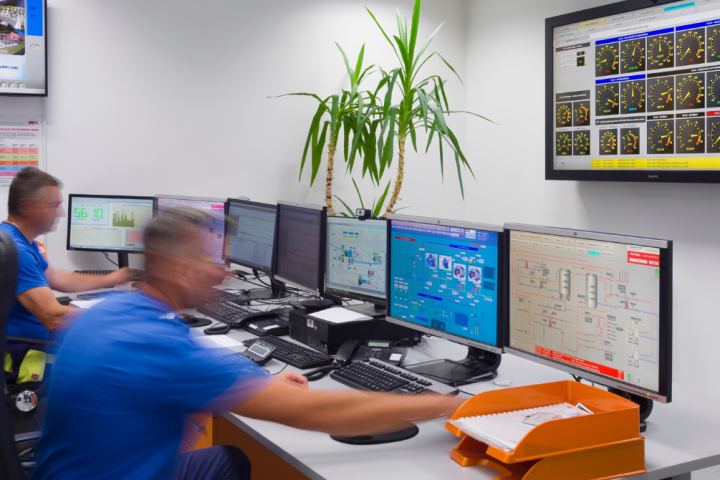
The innovative solutions for the use of flexibility in the power system
The increasing share of renewable distributed energy resources (DERs) in the power system is becoming a key for the decarbonization of the European energy sector and thus achieving the EU's energy and climate change policy objectives. The variability and uncertainty of the DERs generation present significant risks and challenges related to the stability and reliability of the entire interconnected European power system, as well as national and even small local networks while opening new opportunities for the development of new energy concepts and solutions.
